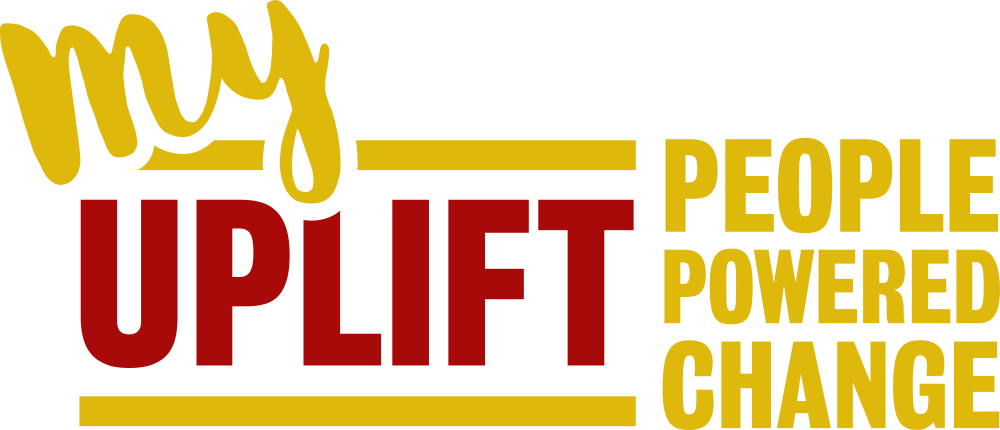100 signatures reached
To: Environmental Health Office (HSE)
Turkey Tail Mushroom - remove from EU novel food list.
This native mushroom is renowned for its abundant healing properties, it has no known contradictions, and scientific studies have shown it to have zero harmful effects (The Journal of Mycology, 2018). Yet, recent policy changes have classified it as an entry on the novel food list in Europe. This has forced a cease the sales of our beloved Turkey Tail, a blow to the traditions and health of our community. We respect the need for food safety regulations, but Trametes Versicolor is far from a novel food in our region, rather it is a long-standing feature of our heritage, utilized for centuries in holistic and medicinal preparations. We urge the relevant European authorities to reconsider the categorization of Turkey Tail, taking into account its historic use and scientifically evidenced safety. Sign the petition to support the removal of Trametes Versicolor from the European novel food list.
Why is this important?
- Cultural and Traditional Use: Turkey tail has a long history of use in traditional medicine in various cultures, it is a native mushroom to Ireland and its removal may limit access to a valued natural remedy.
- Sustainability Concerns: Promoting its unrestricted use could encourage sustainable harvesting practices, while removal might lead to overregulation and discourage responsible foraging.
- Consumer Choice: Many individuals seek natural health products, and removing Turkey tail from the list may restrict options for consumers looking for herbal remedies.
- Scientific Evidence: There may be insufficient justification for its classification as a novel food if existing studies support its safety and benefits, suggesting it should be available without stringent regulations.
- Economic Impact: For small businesses and foragers involved in the Turkey tail market, removal from the list could harm livelihoods and economic opportunities tied to its sale and use.

